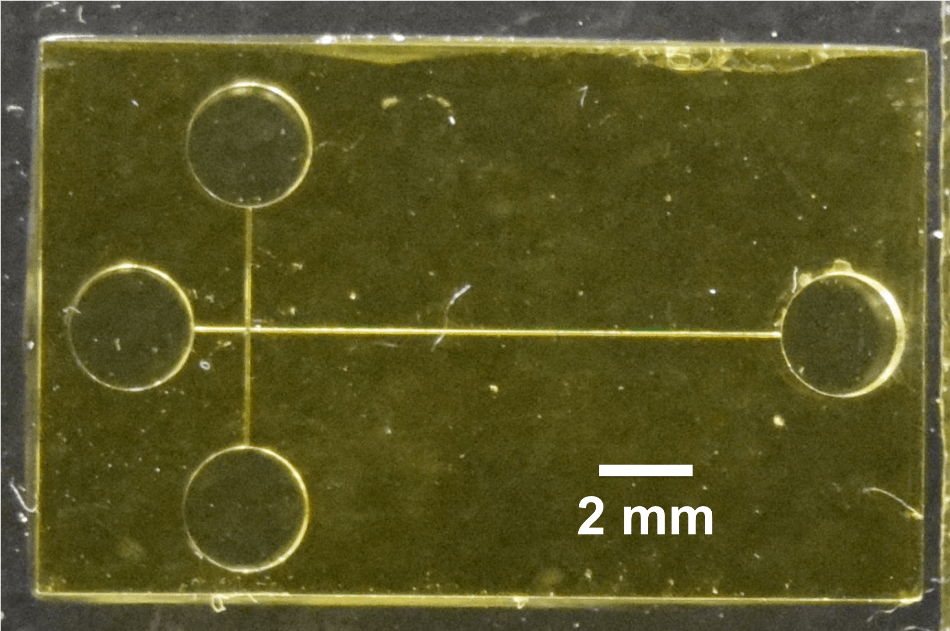May 23 2019
A major complication of pregnancy is preterm birth (PTB), which is defined as birth before the 37th week of gestation. If doctors can identify women who are at risk of developing this condition by using an easy, accurate, and cheap method, they can possibly create better prevention approaches.
 A 3D-printed microchip device separates and detects biomarkers of preterm birth. (Image credit: Adapted from Anal. Chem. 2019, DOI: 10.1021/acs.analchem.9b01395)
A 3D-printed microchip device separates and detects biomarkers of preterm birth. (Image credit: Adapted from Anal. Chem. 2019, DOI: 10.1021/acs.analchem.9b01395)
Currently, scientists have developed a 3D-printed microchip electrophoresis device with the potential to sensitively detect the three serum biomarkers of PTB. They have published their findings in Analytical Chemistry, an ACS journal.
The World Health Organization reports that nearly 1 in 10 pregnancies is affected by PTB across the world. Infants born preterm are at risk of complications such as respiratory, neurological, and cardiac problems and, in a few cases, even death. Researchers have already identified biomarker peptides and proteins in maternal serum that can quite accurately predict PTB at 28 weeks’ gestation. However, current techniques for identifying the biomarkers are time-consuming or not so sensitive.
In a previous study, Adam Woolley et al. used a two-dimensional (2D) microfluidic device for the separation of PTB biomarkers through electrophoresis. However, producing these devices was error-prone, slow, and expensive. The process also demanded a clean room, highly trained personnel, and caustic chemicals. Hence, Woolley’s team wished to develop a 3D-printed microchip device, which can be produced easily, quickly, and cheaply, for the separation and detection of fluorescently labeled biomarkers of PTB.
The scientists used a 3D printer with a custom resin as the ink to print their device onto a glass slide. The best separation of three peptide biomarkers by electrophoresis was achieved by optimizing the device design, including parameters like applied voltages and buffer identity and composition.
The 3D-printed microchip is capable of detecting the three PTB biomarkers in the range of picomolar to low nanomolar, resembling their 2D microfluidic device. According to the scientists, although these detection limits are still higher than the risk levels of PTB for the biomarkers, they are likely to increase the sensitivity by introducing a component to the device that can concentrate the peptides.
The study was financially supported by the National Institutes of Health.